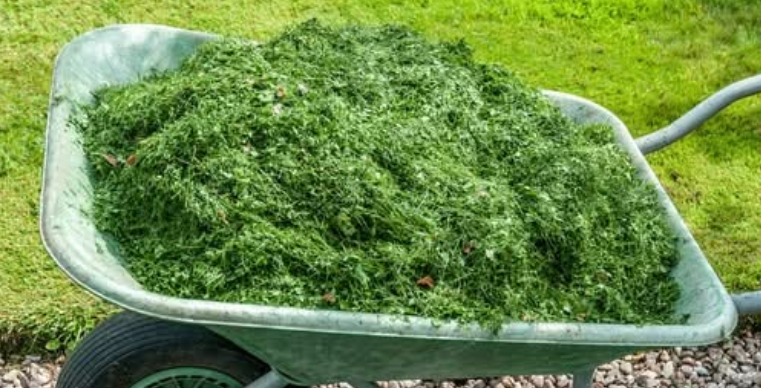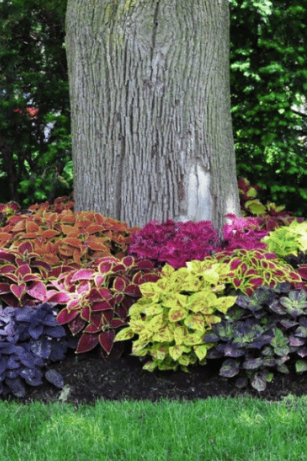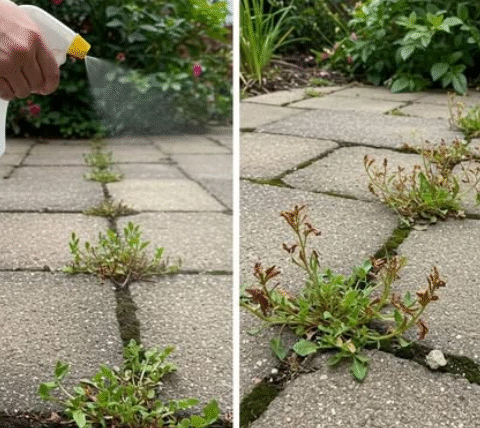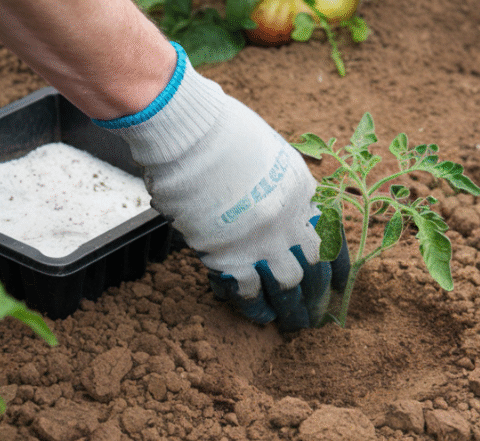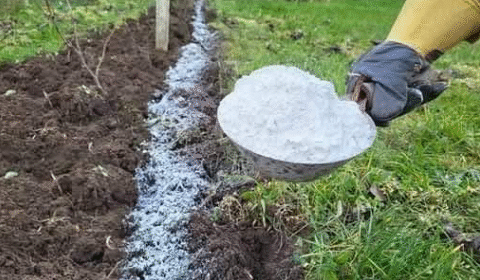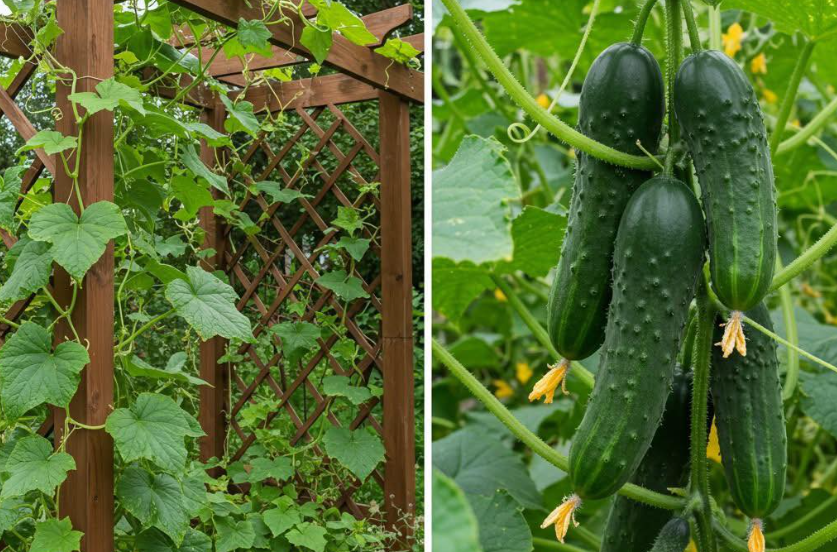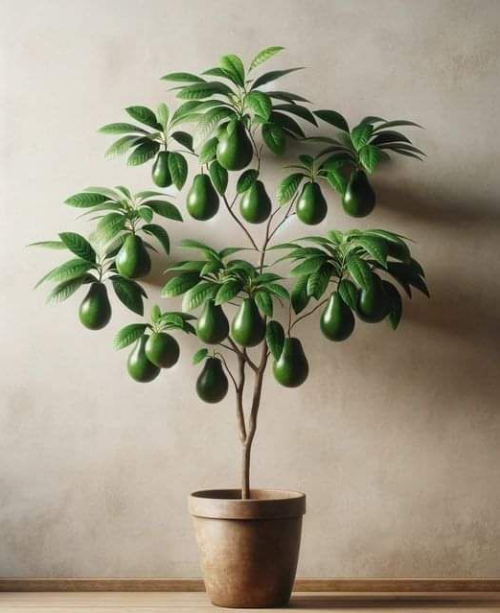15 Brilliant Ways to Use Grass Clippings in Your Garden 🌿
Grass clippings are often viewed as yard waste, but in reality, they are a gardener’s secret weapon. Packed with nutrients and easy to use, grass clippings can help enhance soil, deter pests, feed plants, and even support small animals. Whether you mow a tiny lawn or acres of pasture, don’t let those clippings go to waste!
This guide reveals 15 effective ways to use grass clippings in your garden—turning yesterday’s mow into today’s green gold.
1. Use as Natural Mulch
How to Use:
- Let grass clippings dry for a day to prevent matting.
- Spread a 1–2 inch layer around plant bases or in beds.
Why It Works:
- Suppresses weeds
- Retains soil moisture
- Regulates soil temperature
- Reduces erosion
2. Make Grass Clipping Tea Fertilizer
How to Use:
- Fill a bucket halfway with fresh clippings, top with water.
- Let sit for 24–48 hours, strain, and use as liquid feed.
Benefits:
- High in nitrogen
- Feeds plants naturally
- Boosts beneficial microbes
3. Improve Soil Health with Mulch
How to Use:
- Mix into top 2–3 inches of garden soil.
- Water lightly and allow to decompose.
Benefits:
- Increases organic matter
- Improves drainage and aeration
- Feeds earthworms and microbes
4. Create a Natural Weed Barrier
How to Use:
- Spread 3–4 inches of dried clippings in problem areas.
- Avoid direct contact with plant stems.
Why It Helps:
- Blocks weed growth
- Replaces chemical herbicides
5. Use as Chicken or Livestock Bedding
How to Use:
- Collect dried clippings and line animal bedding areas.
- Replace regularly and compost the used material.
Benefits:
- Soft, absorbent bedding
- Reduces odors and waste
6. Feed to Livestock and Small Animals
How to Use:
- Ensure clippings are pesticide-free.
- Feed small amounts to rabbits, goats, cows, or chickens.
Why It’s Useful:
- Nutritious, natural forage
- Rich in fiber and minerals
7. Prevent Soil Erosion
How to Use:
- Spread over bare soil, hillsides, or construction areas.
Benefits:
- Protects topsoil from wind and water erosion
- Preserves fertility and structure
8. Boost Your Lawn’s Health with Grasscycling
How to Use:
- Leave short clippings on the lawn after mowing.
- Avoid wet, clumping grass to prevent smothering.
Why It Works:
- Returns nitrogen to the soil
- Reduces fertilizer needs
- Eliminates bagging and disposal
9. Use as Pathway Covering
How to Use:
- Spread dried clippings in garden walkways or between raised beds.
- Top off every few weeks as material breaks down.
Benefits:
- Suppresses weeds
- Makes walking areas soft and natural
10. Make a Natural Pest Repellent
How to Use:
- Place fresh clippings in rings around pest-prone plants.
What It Helps:
- Repels slugs, snails, and some insects
- Decreases use of chemical pesticides
11. Add to a Hugelkultur Bed
How to Use:
- Layer grass clippings above logs and under soil in raised hugelkultur beds.
Why It Helps:
- Feeds microbes and fungi
- Improves water retention
12. Use as Temporary Lawn Patch
How to Use:
- Apply a thin layer over bare spots after seeding.
Benefits:
- Holds moisture for seed germination
- Protects soil from wind and sun
13. Make a Natural Carpet for Seating Areas
How to Use:
- Layer dried clippings in sitting zones or picnic spots.
Why It’s Great:
- Soft, compostable alternative to rugs or mats
- Eco-friendly and budget-conscious
14. Boost Mushroom Growth
How to Use:
- Mix with straw or wood chips to create mushroom substrate.
Why It Works:
- Provides nitrogen-rich material for fungi
- Encourages colonization and fruiting
15. Use in a Worm Bin for Vermicomposting
How to Use:
- Add small amounts of dried clippings to your worm bin weekly.
Benefits:
- Feeds worms with fresh green material
- Improves worm castings and compost quality
Grass Clippings at a Glance: Use & Benefit Table 📊
| Use | Application | Benefit |
|---|---|---|
| Natural Mulch | 1–2″ layer around plants | Suppresses weeds, retains moisture |
| Fertilizer Tea | Soak in water, strain, water plants | Natural nitrogen boost |
| Livestock Feed | Feed clippings to animals | Free, nutrient-rich forage |
| Worm Compost | Add to bin in small amounts | Improves worm activity and output |
| Lawn Health | Leave clippings after mowing | Grasscycling adds nutrients |
10 Common Questions About Grass Clippings in the Garden 🌾
- Can I use fresh grass clippings directly?
Fresh is okay for tea or feeding animals, but dry before using as mulch to prevent matting. - Will grass clippings grow weeds?
Only if they contain mature weed seeds—drying before use helps minimize this. - Are clippings safe for compost?
Yes! Mix with brown materials like leaves or paper for balance. - How long do clippings take to decompose?
2–4 weeks in compost, longer if used as mulch. - Do clippings attract pests?
Proper use and drying prevent pest attraction. - Can I use clippings on all plants?
Yes, but avoid contact with stems and use thin layers for delicate plants. - Is it okay to use clippings with pet waste?
No—use only clean, pesticide-free grass. - Do clippings cause lawn thatch?
No—thatch is from roots and stems, not grass blades. - Can I use clippings indoors?
Best suited for outdoor gardens, beds, and composting. - How do I store extra clippings?
Dry and store in a covered bin or bag in a cool, dry place.
Final Thoughts
Grass clippings aren’t waste—they’re a nutrient-rich, sustainable resource. From boosting compost and feeding worms to protecting plants and suppressing weeds, these simple blades of green can transform your garden. So next time you mow, don’t bag it—reuse it!
🌱 Embrace eco-friendly gardening and put your grass clippings to good use. Your soil, plants, and wallet will thank you!
